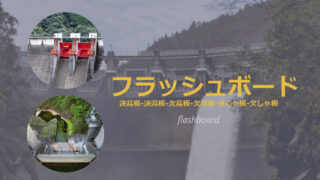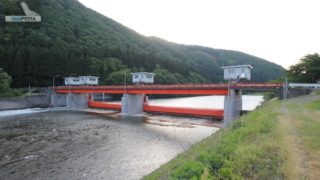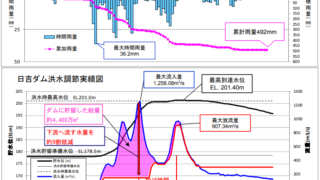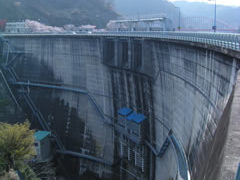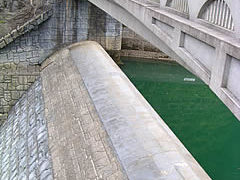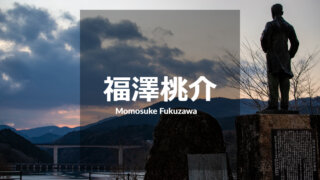 Introduction to Dams
Introduction to DamsMomosuke Fukuzawa
Reading: Momosuke Fukuzawa (福ざわ桃スケ) Attached Name: Momosuke Fukuzawa Maiden Name: Momosuke Iwasaki Momosuke Fukuzawa was a businessman active from the late Meiji period to the early Showa period. He was mainly active in the Japanese electric power industry and was nicknamed the "King of Electric Power in Japan. Momosuke Fukuzawa, maiden name Momosuke Iwasaki, was born in Arako Village, Yokomi-gun, Musashi Province,...

